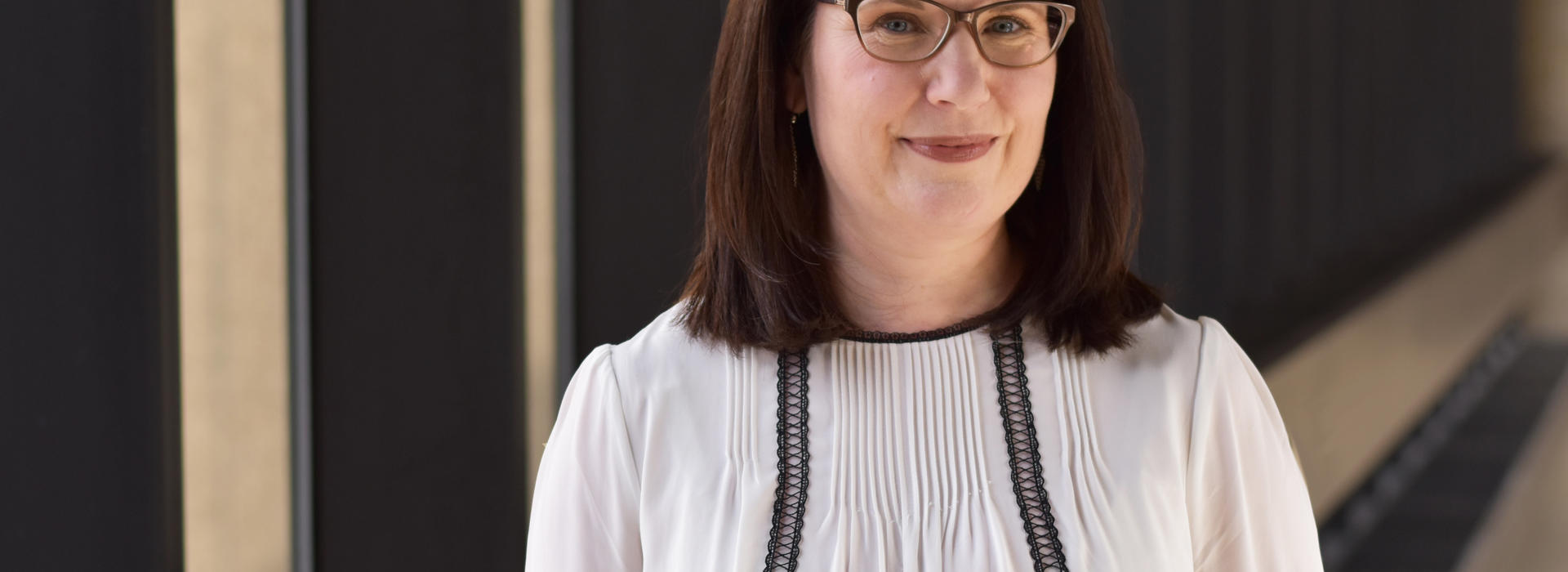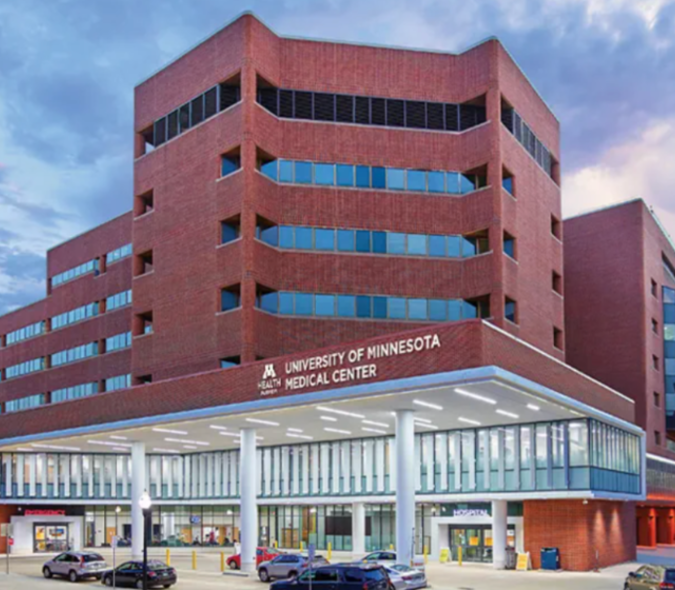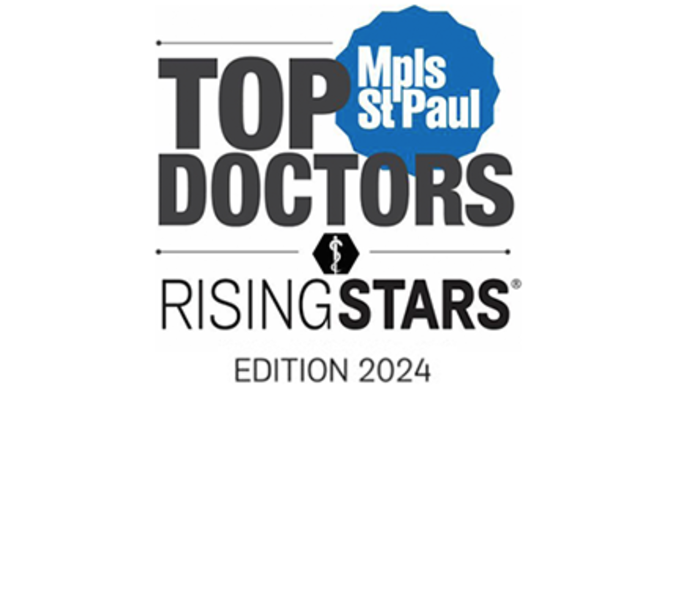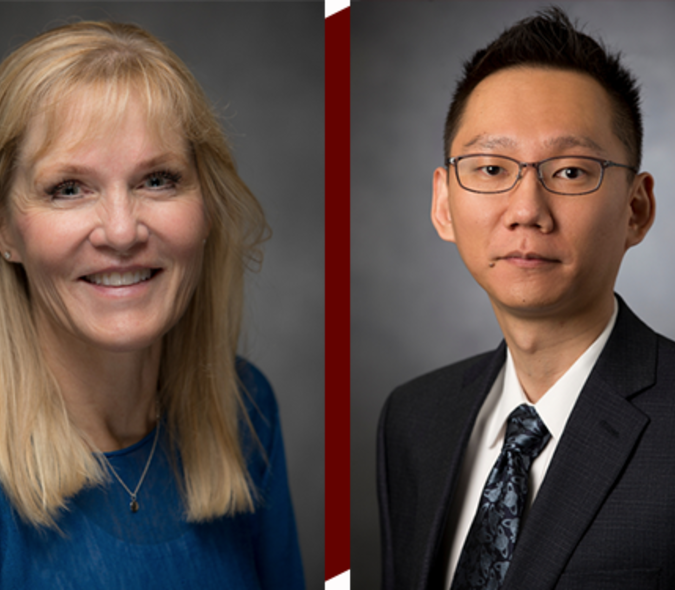
Faculty Spotlight: Dr. Samantha Barker Brings Precision to Dictation and Devotion to Training Future Radiologists
Radiologists at the University of Minnesota Medical School spend much of their time with high-tech machinery and are specialized in diagnosing and treating patients using procedures and techniques, including positron emission tomography (PET), computed tomography (CT), magnetic resonance imaging (MRI), X-rays, nuclear medicine and ultrasound.
Department of Radiology Assistant Professor Samantha Barker, MD, works toward excellence every day and spends her clinical time with state-of-the-art technology, evaluating high-quality images produced by these high-tech machines, working to standardize protocols and procedures across the M Health Fairview system and training the next generation of radiologists.
Dr. Barker is the first medical physician in her family. With a deep love for science, she says she decided to become a doctor in her third year of undergraduate pharmacology.
“Radiology was my favorite rotation in medical school. I chose this specialty because radiologists seemed very happy with their work and the practice of radiology offers a wide variety of diversity in cases,” Dr. Barker said. “I already think spatially and three-dimensionally, so it made sense for me to further specialize in abdominal imaging.”
Most people fear the weather in the frigid north, especially during the coldest winter months, but Dr. Barker feels at home in the Minnesota climate. In 2007, she moved to Columbus, Ohio, from Edmonton, Alberta, Canada, for her diagnostic radiology fellowship in abdominal imaging at The Ohio State University. She then moved to Minnesota with her family to work in the University of Minnesota Department of Radiology’s Body Division.
“I really enjoy the diverse patient population here that we’re able to help at the M Health Fairview University of Minnesota Medical Center. It makes our work challenging and rewarding at the same time,” Dr. Barker said.
Dr. Barker is accustomed to working in an academic setting, and she explains that one of the most rewarding parts of her job is being an educator to radiology residents and fellows.
“It’s really exciting when I’m reviewing some of the work from our residents, and I get to see them improving and evolving over the course of their four years in residency. Our residents are smart and they keep us all on our toes. It’s another reason I love working in academia,” she said.
Radiology dictation for imaging is another pillar of her work as a diagnostic radiologist at the Medical School.
“Quality-checking our dictations is very important. There are protocols we must follow to provide the best possible readings of clinical images. We work together as a team to peer review our work to deliver the academic standard of excellence expected from the Medical School,” Dr. Barker said.
One of Dr. Barker’s future goals is to assist in further standardizing protocols in Abdominal Imaging across the M Health Fairview system. She and her fellow faculty radiologists in Thoracoabdominal Imaging, including Anil Chauhan, MD, Robben Schat, MD, and Benjamin Spilseth, MD, have already begun the journey toward uniform standardization for ultrasound, CT and MR. Uniform processes across M Health Fairview will help decrease any variability in imaging procedures between facilities, allowing for radiologists to improve accuracy and consistency that will ultimately help improve patient outcomes.



